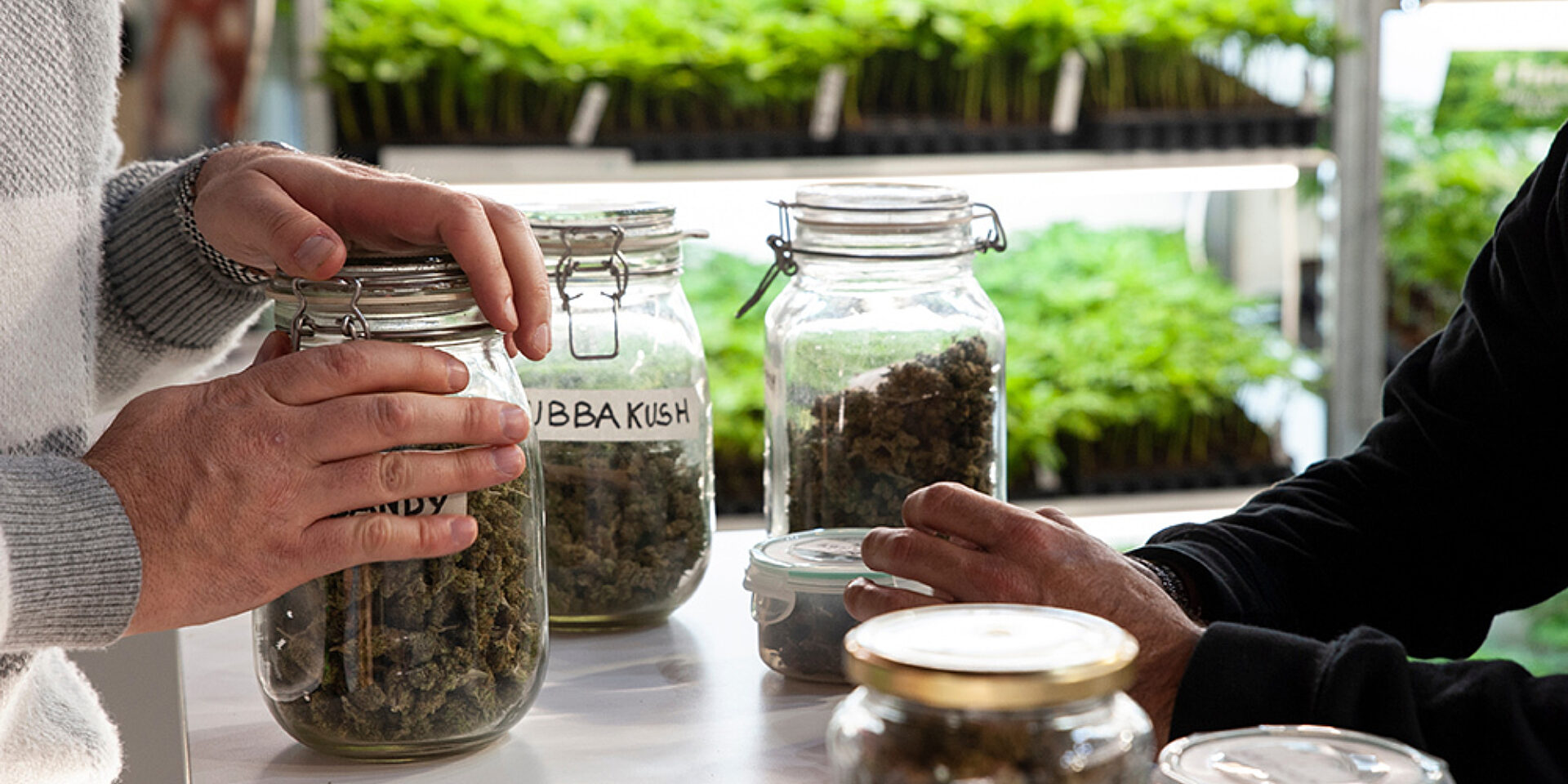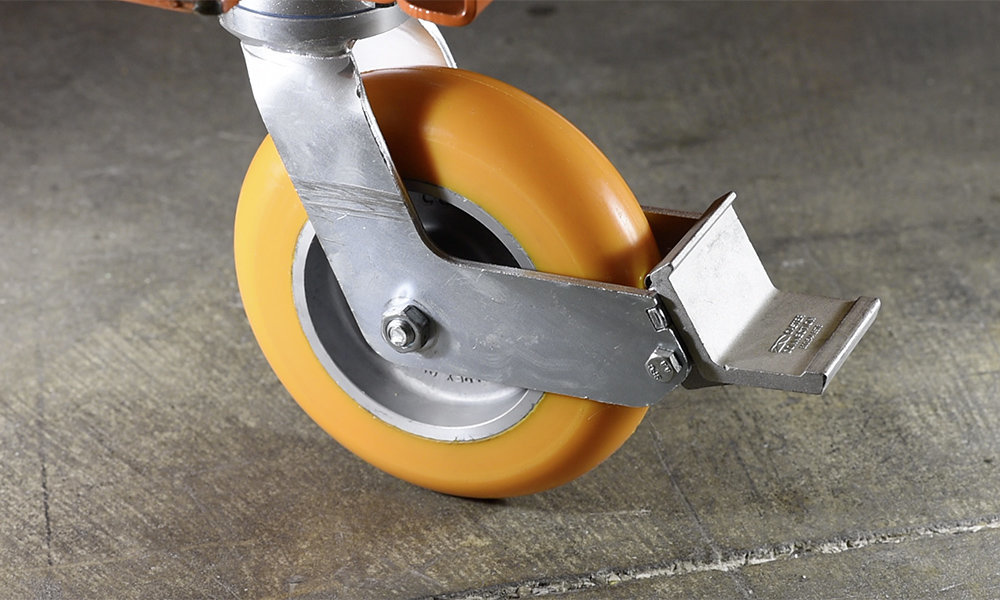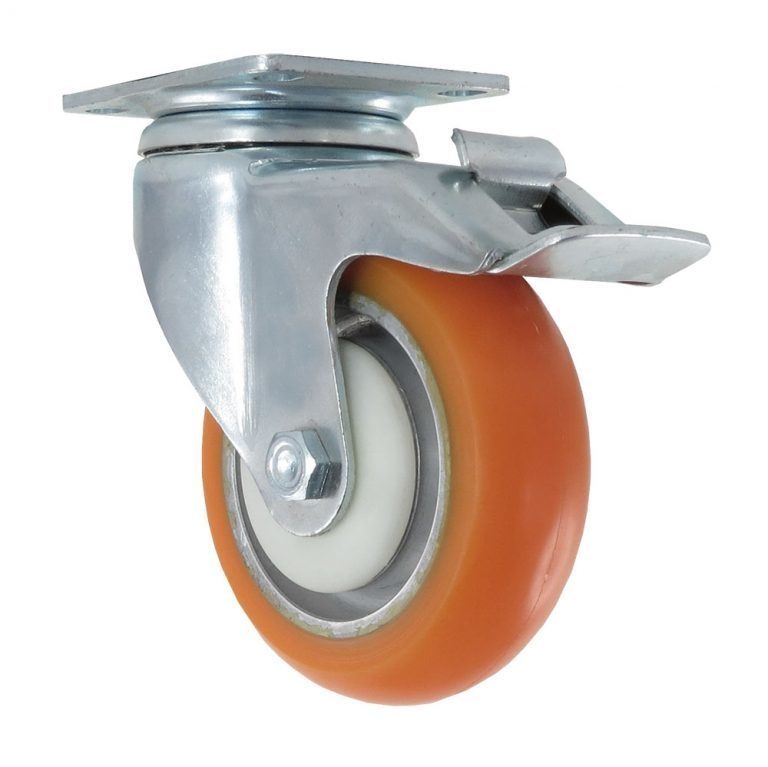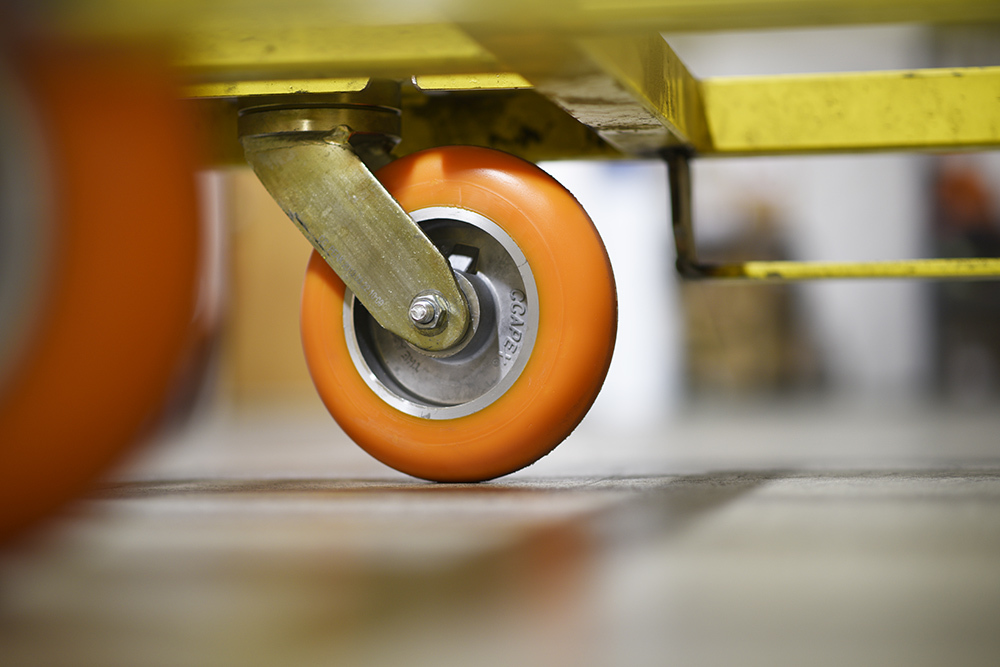Improve Cannabis Processing Efficiency with the Right Material Handling Setup

As cannabis operations scale from boutique grow rooms to full-scale production facilities, efficiency becomes a core driver of profitability. While cultivation and extraction tend to receive the spotlight, the real differentiator in high-throughput facilities is often what happens between the steps—how material gets from point A to point B.

From harvest to drying, extraction to packaging, material handling systems play a crucial role in keeping operations running smoothly. When overlooked, they become sources of bottlenecks, downtime, and worker strain. When done right, they reduce friction across your workflow and boost throughput across the board.
Why Mobility Matters in Cannabis Processing

Efficiency in cannabis production is built on momentum. Products need to move fluidly through each phase, and your facility layout should support that movement rather than hinder it. This is where mobile workstations, carts, and conveyor systems come in.
Cannabis operations often rely on:
-
Harvest carts to transport plants from grow rooms to drying areas
-
Rolling prep or trim stations that follow workflow changes
-
Bulk containers and bin carts for storing or moving flower, biomass, or packaged goods
-
Conveyor systems to maintain flow during sorting, drying, or bottling
These systems give your team the flexibility to adjust to bottlenecks, cleaning protocols, or layout changes. When equipment can move as needed, downtime is reduced and space can be used more efficiently. In contrast, poor mobility often leads to:

Downtime
Slower production rates and disrupted workflows

Poor Ergonomics
Increased strain on workers and higher risk of injury

Safety Hazards
Collisions and congestion in shared work areas

Inefficiency
Underutilized space due to rigid layout constraints
Mobility is more than a convenience. It is a foundational element of scalable, safe, and cost-effective cannabis processing.
Casters: The Silent Workhorse of Cannabis Operations

At the heart of every mobile system is a set of casters. These are the points of contact between your equipment and your facility floor, and their performance directly impacts how easily your team can move heavy loads, reposition workstations, or maintain a clean and flexible environment.
In cannabis facilities, casters take on more than just weight. They must endure debris, moisture, chemical exposure, and frequent repositioning. The wrong caster can quickly cause problems like:
-
Equipment drag that increases push/pull effort
-
Locked or seized wheels caused by humidity or sticky residue
-
Operator fatigue and injury risk from excess force
-
Flat spots, wheel degradation, or rusted rigging
Choosing the right caster setup reduces these issues, increases safety, and extends the lifespan of your carts and workstations.
What to Look for in Casters for Cannabis Processing
Selecting casters for a cannabis facility is not a one-size-fits-all process. Each part of the production flow presents different demands. These are the key factors to consider:
1. High Load Capacity
Cannabis is dense, and bulk movement often involves hundreds of pounds. Always choose casters that support your expected load, with an added safety margin of at least 20 to 30 percent to avoid overloading and premature wear.

2. Floor Compatability
Facility flooring varies from polished concrete to epoxy-coated or tiled surfaces. Each type requires compatible wheel treads to reduce vibration, noise, and surface damage. Polyurethane and thermoplastic rubber wheels are popular because they are non-marking, durable, and resistant to many chemicals.

3. Moisture and Chemical Resistance
Processing areas are exposed to humidity, plant resin, alcohol-based cleaners, and sanitizers. Casters with sealed bearings and corrosion-resistant rigs help prevent failure due to rust or buildup, especially in wash-down zones.

4. Swivel Control and Braking
Mobility without control becomes a liability. Look for casters that provide:
-
Smooth swivel action for precise navigation in tight spaces
-
Directional locks to keep carts on a straight path for long-distance pushes
-
Total-lock brakes that secure both wheel and swivel for complete stability during weighing, trimming, or packaging tasks

Caster Connection's Recommendations for Cannabis Producers

Caster Connection works with cannabis facilities across the country, from clean room–compliant labs to rugged post-harvest areas. Our approach starts with your floor, your workflow, and your people.
We typically recommend:
-
Heavy-duty polyurethane wheels that balance strength, noise control, and floor protection
-
Stainless steel or powder-coated rigs for wet or corrosive environments
-
Wash-down and debris-resistant designs that hold up to frequent cleaning
-
Vibration-dampening casters for sensitive areas like scale stations or bottling lines
-
Custom caster setups to match the specs of new carts or retrofit existing systems
We account for sanitation needs, facility layout, load profiles, and ergonomics to ensure your mobility system supports both productivity and safety.
Keep Your Cannabis Operation Rolling Smoothly
Processing efficiency doesn’t start at the top of your workflow—it begins at the ground level, with the equipment your team uses every day. When carts, workstations, and conveyors move easily and securely, your entire operation gains speed, flexibility, and safety.
If you're ready to equip your cannabis facility with caster solutions that support growth and efficiency, our team is here to help.
Start the conversation today with a Caster Needs Evaluation. Let’s get your facility moving in the right direction.
